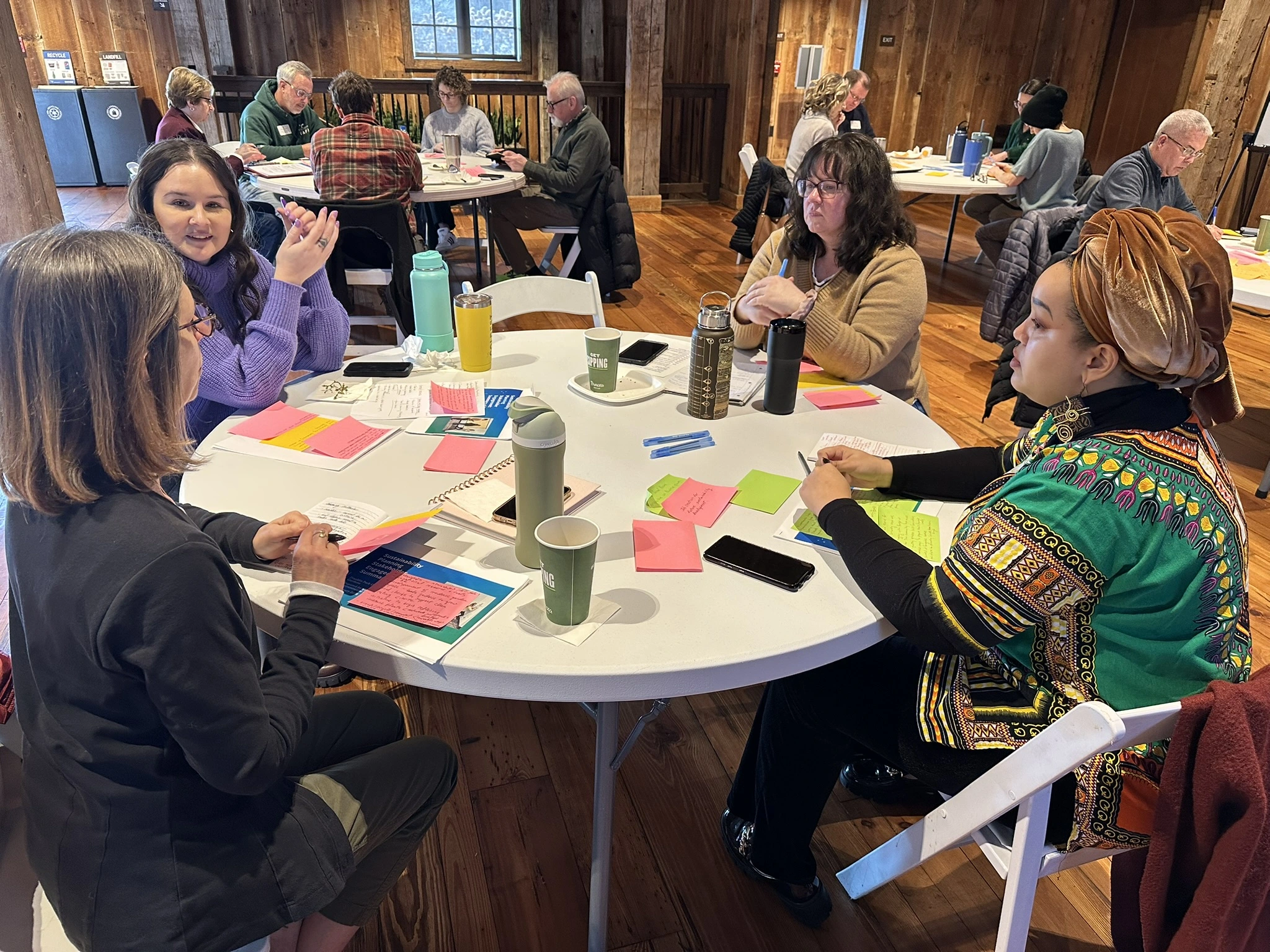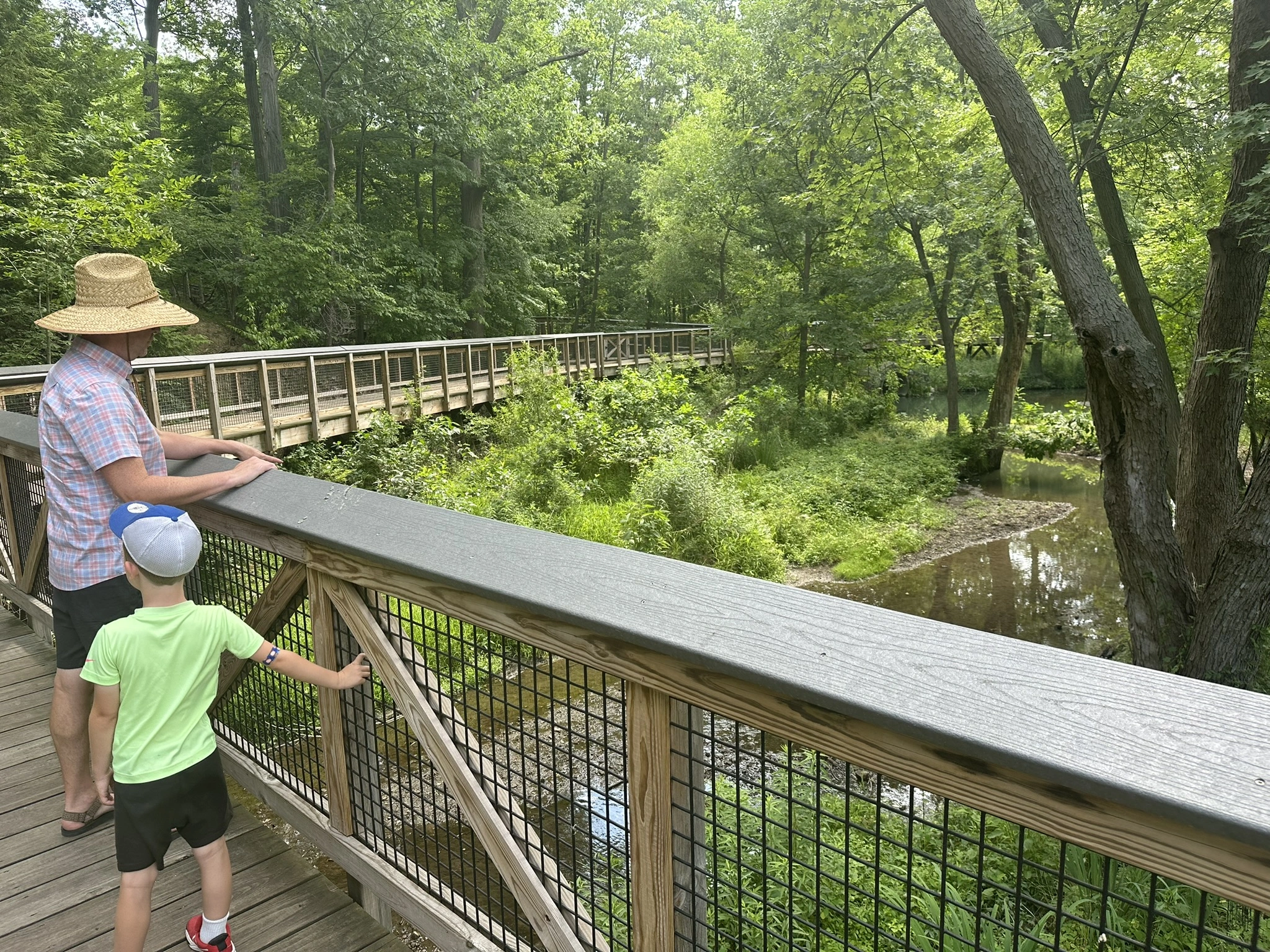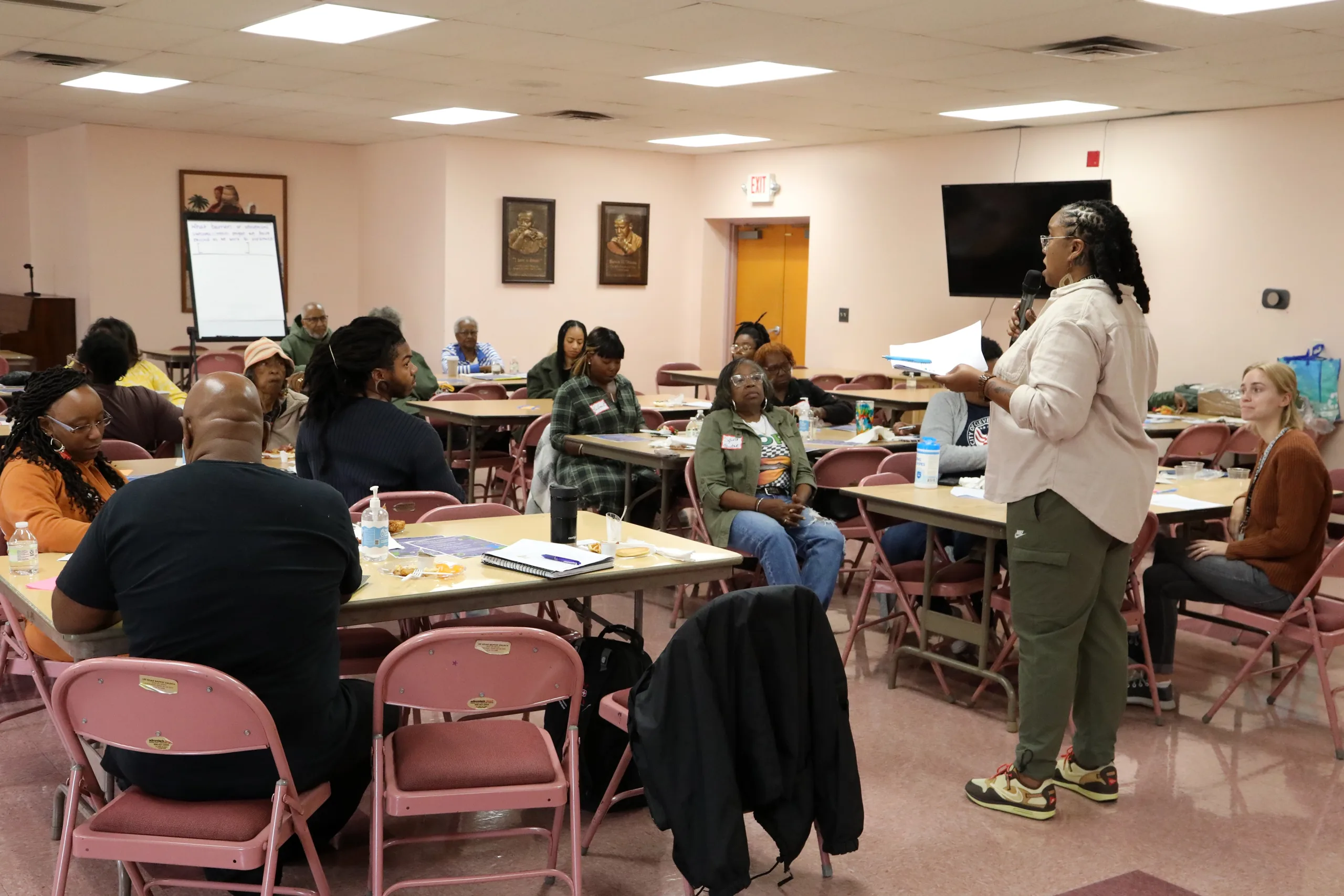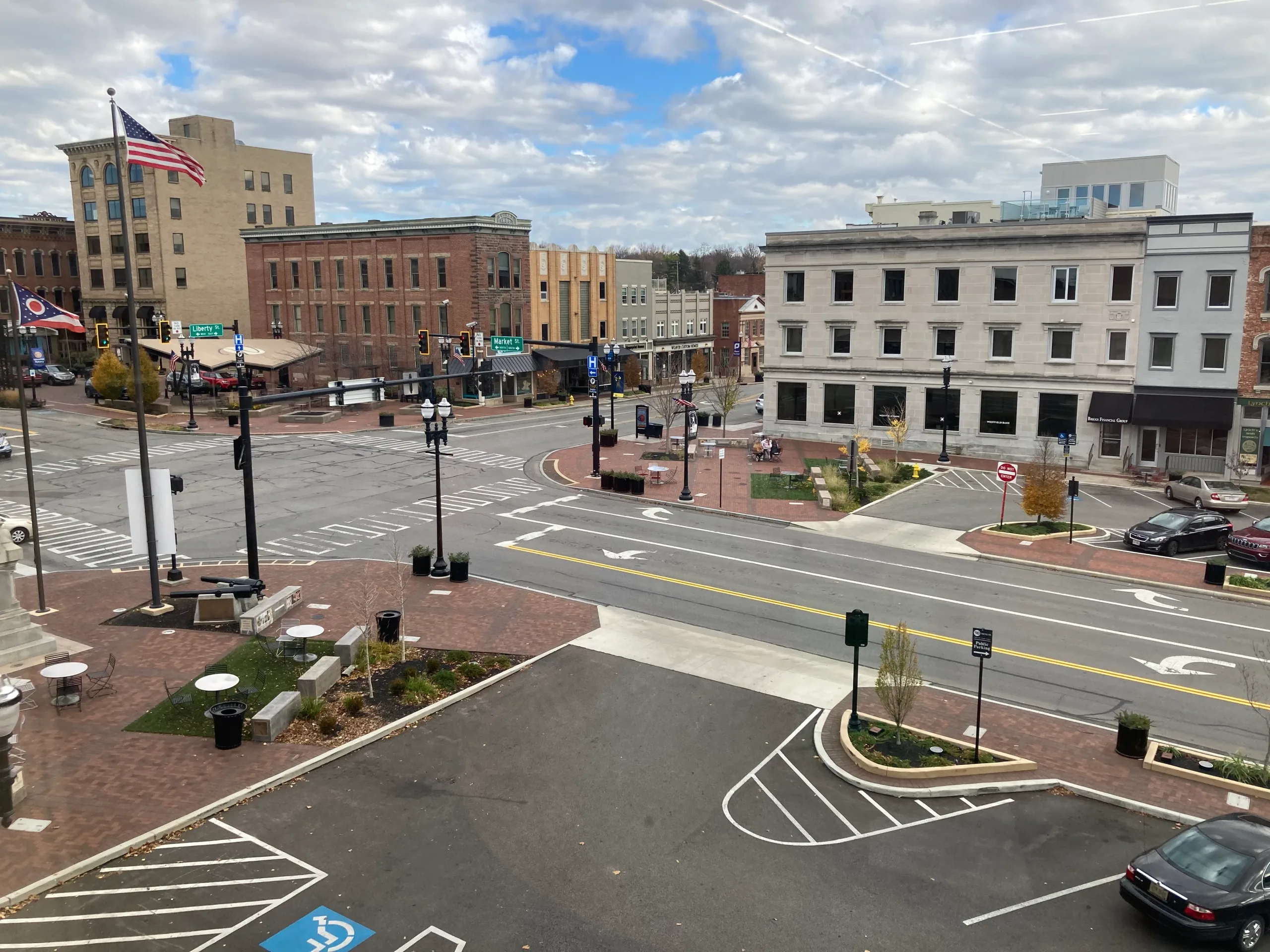
By Elizabeth Schuster, Environmental Economist
INTRODUCTION
Sometimes a nonprofit leader will tell me, “Community engagement is a waste of time.” But this sentiment often comes from just a few poorly managed conversations.
Awkward conversations don’t have to define your next community engagement process. There’s a better way to communicate, build trust – and get higher quality feedback.
Half of managing tricky conversations during community engagement is getting ahead of them. Often, you can predict the most common types of challenges, such as:
- One person talking too much
- Confusion about how the feedback will be used
- Misinformation sprinkled into the comments you receive
- Lack of understanding who makes decisions in the process
- Irrelevant feedback that is not related to the questions being asked
It is easier to respond to tricky moments if you have set expectations with participants from the start. In this blog, I’ll share some general talking points to cover at the start of any community engagement session. I also include example talking points for tricky community engagement moments.
SETTING THE STAGE FOR ENGAGEMENT
Community engagement sessions are for listening. As a facilitator, you should aim to keep your talking points to a minimum. That said, starting with about five minutes of overview is important to set the stage. In your five minutes of overview, topics to cover include:
Why you are collecting feedback
- “X organization is doing a comprehensive strategic planning process. We are collecting feedback from community partners and residents to help inform us of our goals.”
Where you are in the process
- “Strategic planning will be completed in August. We’re still in phase 1 of a five-phase process.”
How feedback will be used
- “This is one of 6 focus groups. We will be aggregating comments from all 6 sessions. We will be looking for the themes that come up most frequently and use that information to help inform our goals.”
What to do if their comment isn’t captured
- “We move at a fast pace in these sessions. We do this because we want to make the most of your time, and capture as much information as we can in this short session. Sometimes, that does mean we might miss one of your comments. Please let us know at the end of the session if there is anything else you want to share. You can also write your comment on the post-it notes on the tables and turn them in, if they were missed.”
TALKING POINTS FOR TRICKY COMMUNITY ENGAGEMENT MOMENTS
After you have set the stage, you may still have tricky engagement moments. Here are some examples of common scenarios. These are inspired by real comments I’ve heard over the past year. While the details may be different in your context, the general messaging should be similar. Of course, feel free to edit the messaging to your own style.
- What the participant says: “Your nonprofit needs to offer a summer camp to get kids outdoors.”
- What not to say: “We already offer a summer camp! Haven’t you seen our website?”
- What’s better: “Thank you for sharing.” Then, when the session is over, share where the participant can find more information on your programs.
- What the participant says: “Your parks are dirty. I went to the Black Raven Trail last week and it was covered with litter.”
- What not to say: “We don’t manage that property. That’s managed by X Conservancy.”
- What’s better: Unless they have asked you who manages the property, I usually wouldn’t say anything. You are there to listen.
- What the participant says: Your organization needs to do something about the homeless population.
- What not to say: “That’s outside of our mission.”
- What’s better: “It’s helpful for us to learn about the issues that you believe are important for this community.”
- What the participant says: “Your nonprofit needs to completely covert to solar energy. I would like to hear an answer. Is this something you will be committing to this year?”
- What not to say: “That’s too expensive and isn’t even a top priority for our organization.”
- What’s better: “We are still in the middle of strategic planning. We are listening to all feedback. Next, we will do a review of comments to see the responses across all six of the focus groups. Then, we will make a decision around what to prioritize. We have your email and will be sure to send you a copy of the plan once it’s completed.”
- What the participant says: “Why isn’t the City doing more to help residents in our neighborhood? They only invest resources in the wealthier neighborhoods.”
- What not to say: “Well, this isn’t true. Here are five recent programs we’ve done in previously underinvested neighborhoods like yours [then list all 5 programs in detail].”
- What’s better: “I hear you. Sometimes it does feel that way. Please feel free to grab me at the end of this session and we can discuss this more, one on one.”
- What the participant says: [participant has been talking for 5 minutes and shows no signs of stopping anytime soon].
- What not to say: Nothing.
- What’s better: “Excuse me. I am going to jump in here. I really appreciate you sharing. That said, we do need to move forward to get through all questions on the agenda.”
CONCLUSION
In summary, set expectations up front. Be clear on what the process is and how feedback will be used. The facilitator should keep their own talking to a minimum. As the facilitator, you want to avoid being pulled into discussions during an engagement session (especially a listening session; there may be exceptions for sessions that are designed for discussion). It’s usually better to ask them to chat one-on-one after the session.
However, it is appropriate to speak up if one participant is talking way too much. It is the facilitator’s responsibility to make sure all voices are heard. You do want to intervene (in most cases) if one person is doing excessive talking.





